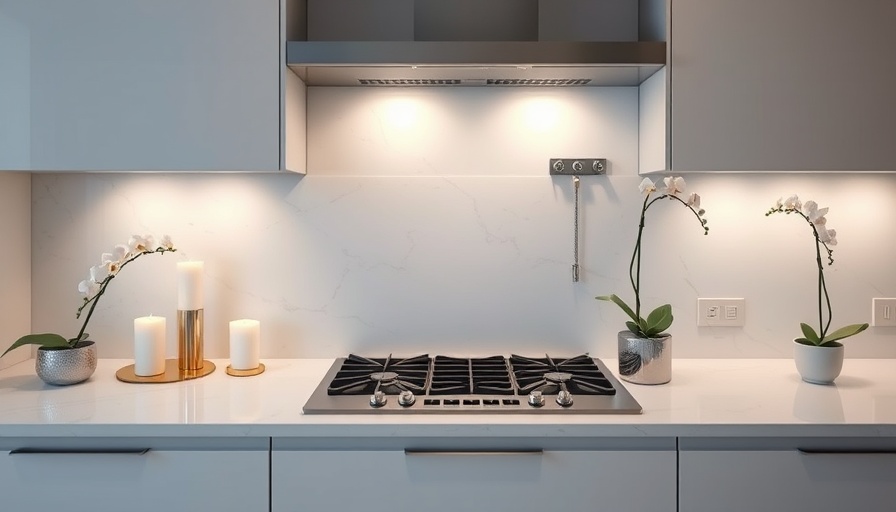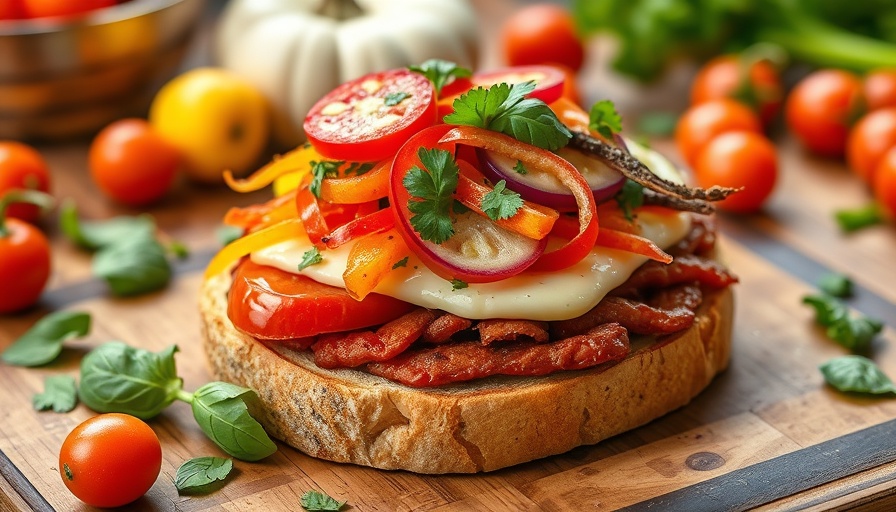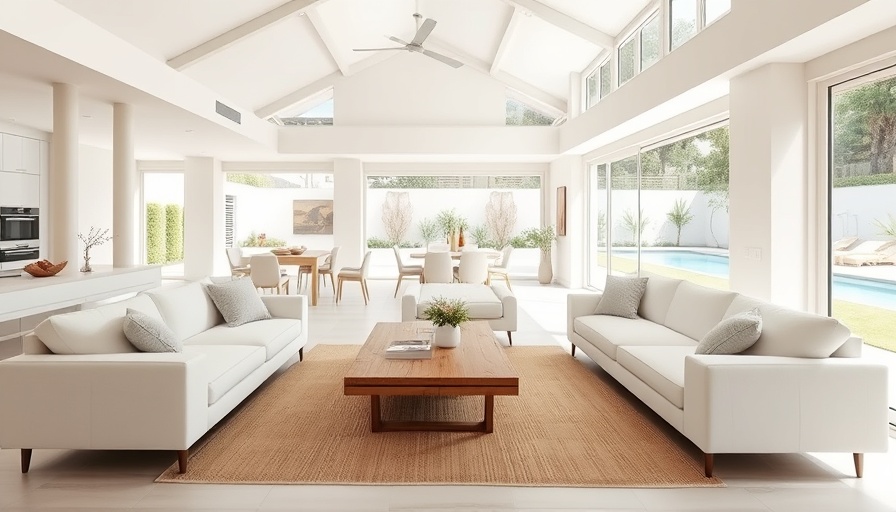
Creating a Kitchen That Supports Independence
For many seniors, the kitchen stands at the heart of the home, symbolizing nourishment, independence, and comfort. However, as we age, our needs in the kitchen evolve. It becomes essential to optimize this vital space to not only accommodate physical limitations but also enhance the overall experience of cooking and living autonomously. In this guide, we explore key elements that can transform a traditional kitchen into a senior-friendly haven.
Your Guide to Safer Kitchens for Seniors
The first step in creating a senior-friendly kitchen involves focusing on safety. A well-designed kitchen can significantly reduce the likelihood of accidents. Here are several vital practices to consider:
Lighting: A Crucial Element
Proper lighting is fundamental in preventing accidents. Installing bright, glare-free lighting helps seniors clearly see their surroundings and minimizes shadows that can obscure potential hazards. Targeted task lighting above cooking areas or counters allows for precision and ease when handling sharp utensils or hot appliances. Moreover, integrating motion-sensor lights can decrease the need to fumble for switches, thereby enhancing convenience.
Thoughtful Arrangement of Kitchen Essentials
Next, consider how kitchen items are arranged. Essentials should be placed within easy reach, allowing seniors to minimize excessive bending or stretching, which can lead to strain or falls. This often requires careful consideration during the remodeling process to create accessible zones that cater specifically to the individual needs of the elderly user.
Non-Slip Surfaces: A Smart Move
Another safety enhancement involves utilizing non-slip mats and rugs. Spills are common in kitchens, particularly near sinks and stovetops, creating slippery surfaces where accidents can happen. Non-slip mats not only absorb excess liquid but also provide traction, ensuring stability while cooking or cleaning.
Choosing User-Friendly Appliances
Innovations in appliance design are now making them more user-friendly. Look for options with large, easy-to-read dials and automatic shut-off features, which can prevent potential hazards. Additionally, incorporating sturdy grab bars near high-use areas like the sink and stove will provide essential support, making daily tasks like washing dishes or preparing meals safer and more manageable.
Sink Selection: Comfort Matters
When it comes to sinks, opt for shallow designs to diminish the need for deep reaching. This is particularly beneficial for seniors, easing the strain on the back while also providing ample space for meal prep and cleanup. Those using mobility aids will find shallow sinks particularly accessible, enhancing their kitchen experience.
Future Trends in Kitchen Design for Seniors
As our understanding of aging and its implications for living spaces evolves, so do the designs that emerge to support these insights. Future kitchen designs may lean heavily into technology integration, incorporating smart home systems that assist seniors with various tasks—from automatic lights to voice-operated appliances. These innovations can ensure that as we age, we maintain not only our quality of life but also our independence.
The Emotional Connection: Why It Matters
At its essence, a senior-friendly kitchen isn't just about physical space; it's about emotional well-being. A welcoming kitchen allows individuals to whip up their favorite recipes, share meals with loved ones, and engage in daily routines that nurture both body and soul. As we prioritize functionality, let’s not overlook the comfort and joy a well-designed kitchen can provide.
Take Action: Transform Your Kitchen Today
Creating a senior-friendly kitchen is a proactive step toward maintaining independence and comfort in daily life. Whether you are planning a renovation or just looking to make small adjustments in your current space, implementing these suggestions can lead to a safer, more enjoyable culinary experience.
For those interested in further guidance, explore modern kitchen design solutions that cater to senior needs, and start planning today for a kitchen that prioritizes safety, accessibility, and joy.
 Add Row
Add Row  Add
Add 




Write A Comment